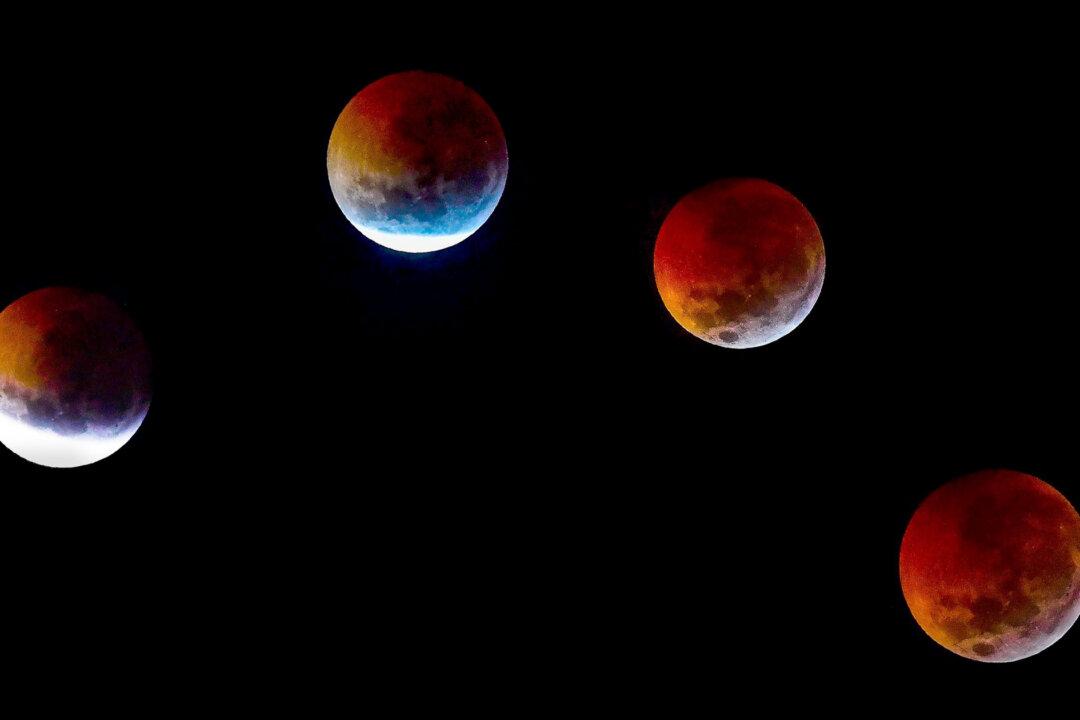This month of May will see some extraordinary lunar activity in the night sky—for not only will it herald the biggest, brightest supermoon of the year, but also the spectacle of a full lunar eclipse, simultaneously.
May’s full moon, called the Blood Moon or Flower Moon, will appear largest on May 26, and will actually take on a red hue—due to the eclipse.





